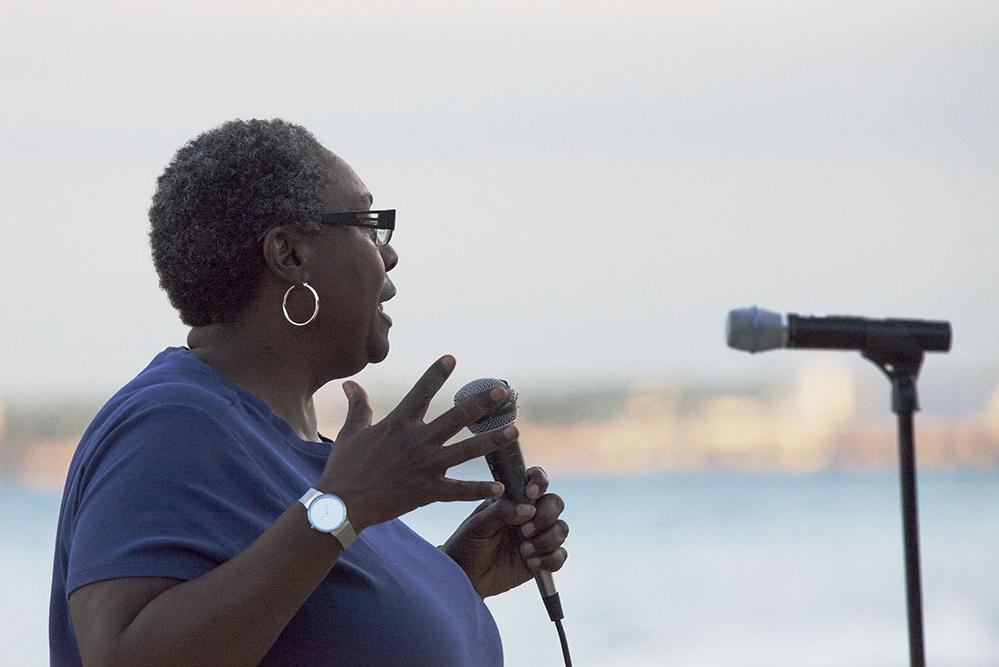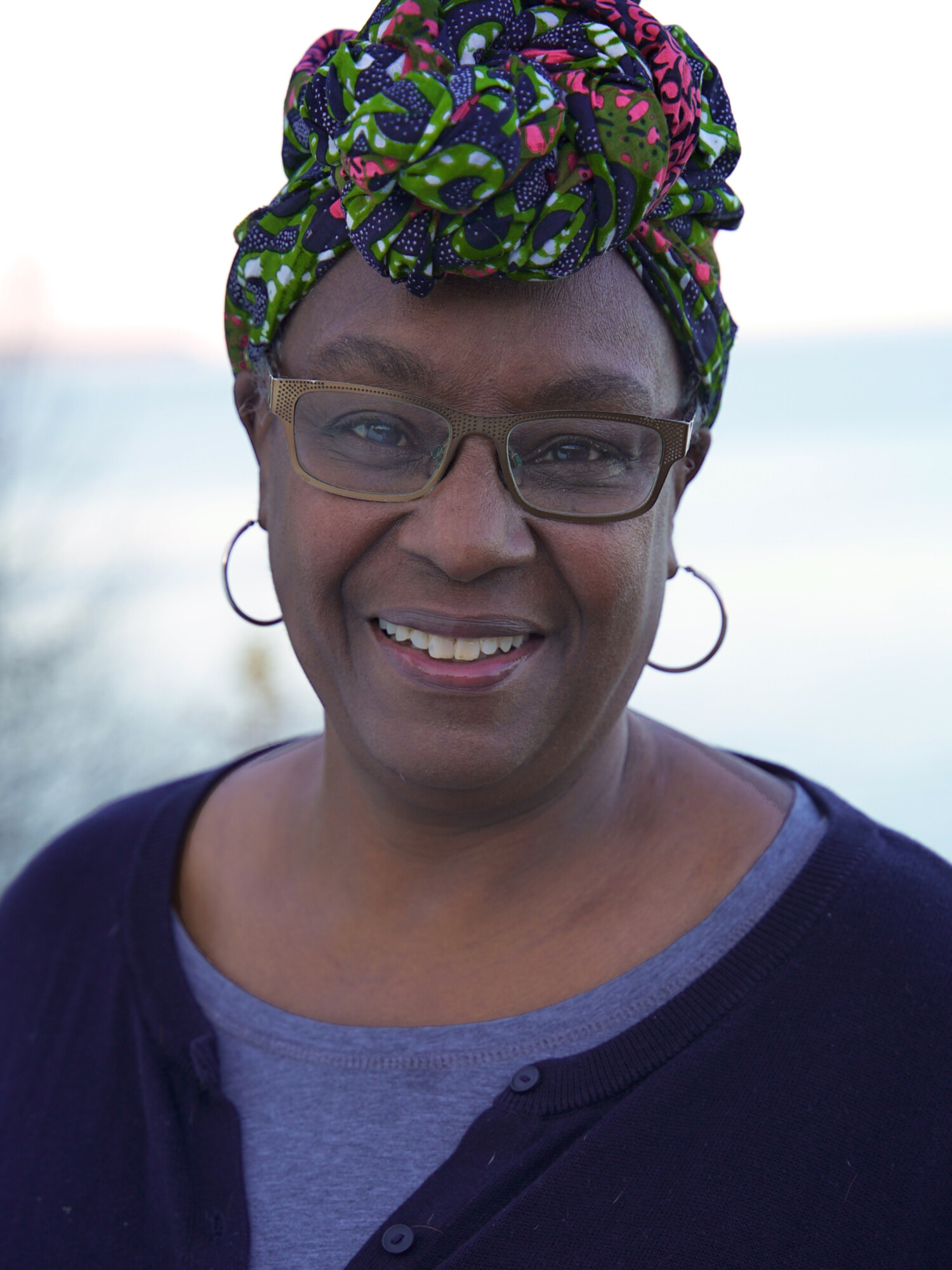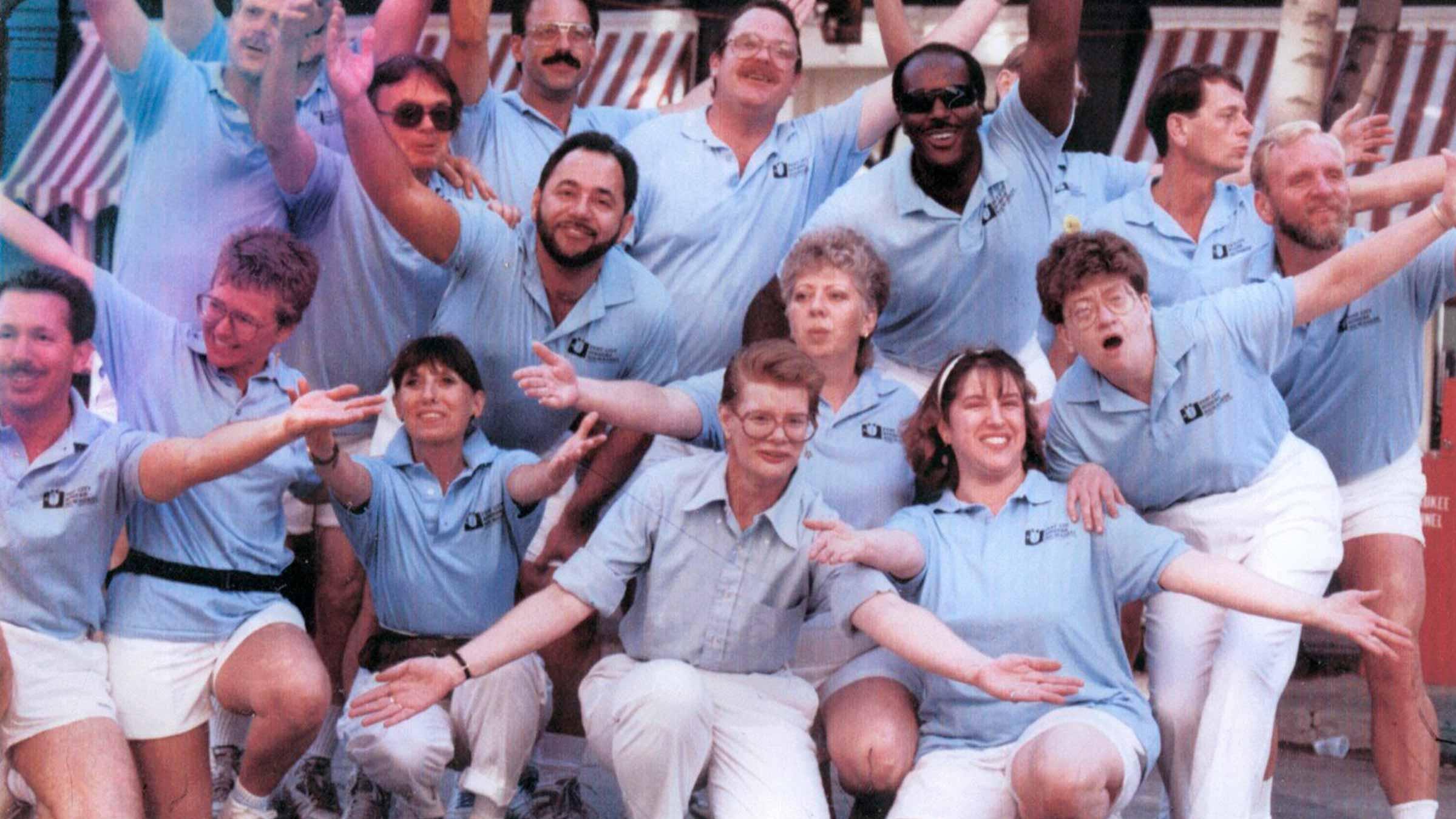
Brenda Coley: building a healthier, stronger, louder community

Brenda Coley grew up in Gary, Indiana, where she attended black history programs at her Catholic elementary school.
“These were not usually offered in the 1960s,” said Brenda. “At that time, my Catholic school connected young black children with their culture and heritage. This education was a huge influence on my worldview.”
After her great-grandmother moved to Milwaukee, her grandmother followed, and finally, Brenda’s parents brought the family to Wisconsin. They lived first at 12th and Finn Place, and later moved to 14th and Keefe.
“I remember driving in a caravan, with my father in the U-Haul and my mother in the car with us kids,” said Brenda. “We couldn’t get into the city of Milwaukee in the middle of the night Wisconsin because they were under curfew because there was civil unrest happening regarding segregation and fair housing issues. We slept in our cars on the side of the expressway until the curfew was lifted. When my family first arrived, we stayed at my grandparents’ house.”
“I remember those first days and weeks sleeping in their attic with my siblings. We could not only hear the folks marching for fair housing; we could also feel their footsteps. In real time, I experienced the power and conviction of agency.”
“That is so what we need today. The issue is not resolved. Milwaukee is still a hyper-segregated city. It fluctuates as one of the top three segregated city in the country.”
“In the 60s, I wanted to see Snow White at the Capitol Court movie theater,” said Brenda, “and while my grandfather didn’t come right out and say it, I got the message. That Black people are not welcomed there.There were places – as a black person – that you did not or could not go. I had never gotten that kind of message before.”
“It was a tumultuous time,” said Brenda. “We were in the middle of the civil rights movement, and everything was changing. Black power was tangible: we were learning to express pride in ourselves, our families, and our community. As a kid, I was very, very attuned to that sentiment.”
“I remember being the first one on my block to wear my hair natural, and people in my community admiring my hair and telling me it was beautiful. Black women only had one option regarding their hair and that was to be straightened. Women didn’t wear braids as part of their aesthetic. My grandmother subscribed to Ebony magazine, and it forecasted the black hair revolution, and the beauty and innovation of black fashion. I believe this has evolved into Black Girl Magic. I thought it was beautiful. But it was making a cultural statement and wasn’t always welcomed."
"At the time, most girls did not wear pants to school. Only boys wore pants.”
At the beginning of Brenda’s work, there was not an established LGBT Community Center, or a public health organizations like Diverse & Resilient, and the AIDS Resource Center of Wisconsin was just beginning to become the powerhouse healthcare provider it would later become.
“I was part of the second generation of folks who built the infrastructure of our community,” said Brenda. “We had to do a lot of advocacy work, but in the end, we also transformed the healthcare system.”
Gay men had chosen families; some had no families at all. Until challenged by LGBTQ organizations, hospitals still operated with strict next-of-kin privacy, visitation, and care navigation guidelines.
“Lesbians stepped in to care for gay men,” said Brenda. “I did that, my partner did that. I don’t think the caretakers of those men in our community, especially women, were acknowledged for keeping the community together in Milwaukee. Lesbian Alliance and Lesbians of Color were among those early caretakers.”
Later, Brenda was recruited to the Board of the Milwaukee LGBT Community Center and then was employed there as the Associate Director of the Center. Later, she served as a paid consultant to the Center as well.
“I’m proud of the work we did with young people,” said Brenda. “We encouraged them to live a life bigger than the gay stereotypes. We wanted young people to feel entitled to be not only beauticians or performers, but whatever they could dream of being. We can say yes, we understand that now, but these things weren’t said at the time. We were all coming out from under this oppression, and people needed to be told. They needed to know they could be more.”
Confronting challenges to community health
Brenda is well-known for her commitment to LGBTQ health and wellness.
“Diverse & Resilient was established a public health agency, targeting the LGBT Community. We’d done research on health disparities in Wisconsin. We learned that a lot of unhealthy behaviors were being handed to us under the disguise of ‘acceptance’ by liquor and cigarette brands. We didn’t want our community to unknowingly self-sabotage our health in the name of acceptance.”
“The Health & Wellness area was established to promote healthier lifestyles. And we still need more spaces where people can come together and showcase our community structures, without drinking and smoking as the center of the event.”
Brenda led the transition of SHEBA (Sisters Helping Each other Battle Adversity) – a leadership development group for transgender women -- to Diverse & Resilient. Coley facilitated Sheba for over 10 years. She also facilitated BUILD, an African American gay men’s leadership group, and Grow Great Women, a lesbian and bisexual women’s leadership program. In the early 2000s, she founded Connexus in response to an alderman’s homophobic commentary. Connexus sought to connect proud, influential African-American LGBT people and their allies.
The road ahead
Today, Brenda is queering the environmental sector as the Co-Executive Director at Milwaukee Water Commons. She serves on several Boards including the Diverse & Resilient Board of Directors. And she’s committed to continuing the work forward. She and her partner Sandra Jones have been together for over 30 years.
“We’ve come a long way, but let’s not forget we still live in a hyper segregated city,” said Brenda. “We have a lot of work to do building a multi-racial, multicultural society. We are all part of this society and we have to be an active part of it. We have a struggle now, and I don’t think people fully understand what we’re up against. There is real fascism on the horizon, and the LGBTQ community has to come together and confront it. That’s very critical.”
“I experience my identities not in a compartmentalized way but as intersectional. I am 100% African-American, 100% a woman and a 100% bisexual.”
recent blog posts
December 17, 2025 | Michail Takach
December 16, 2025 | Michail Takach
December 01, 2025 | Dan Fons
The concept for this web site was envisioned by Don Schwamb in 2003, and over the next 15 years, he was the sole researcher, programmer and primary contributor, bearing all costs for hosting the web site personally.




